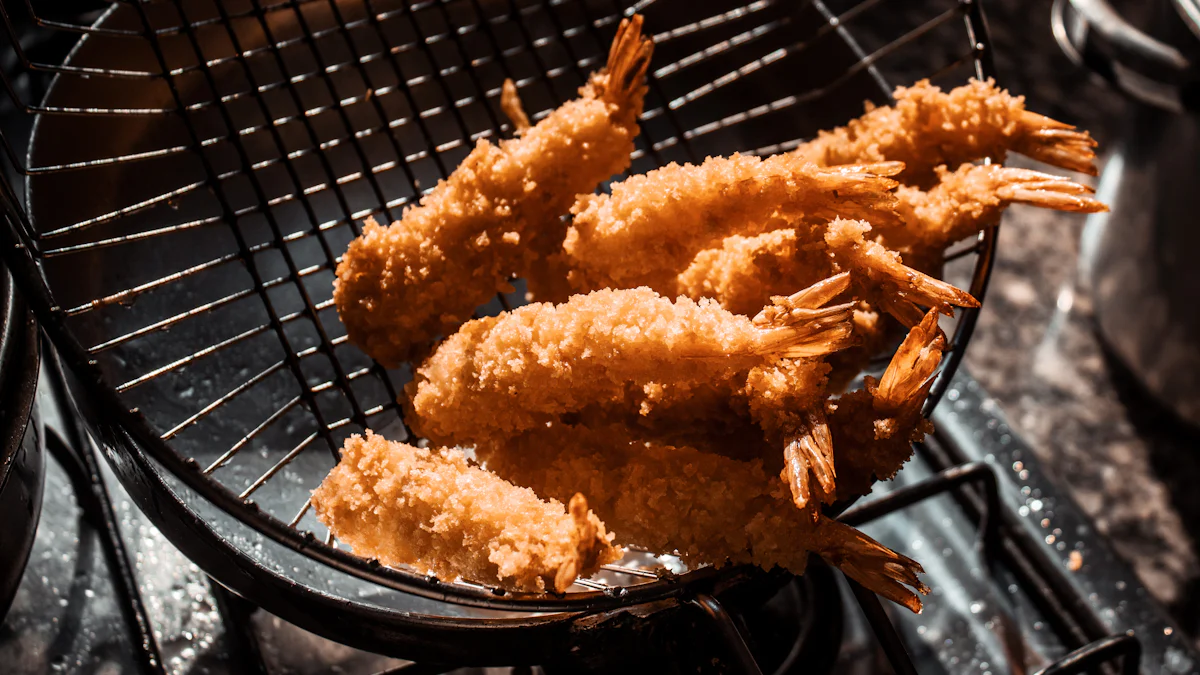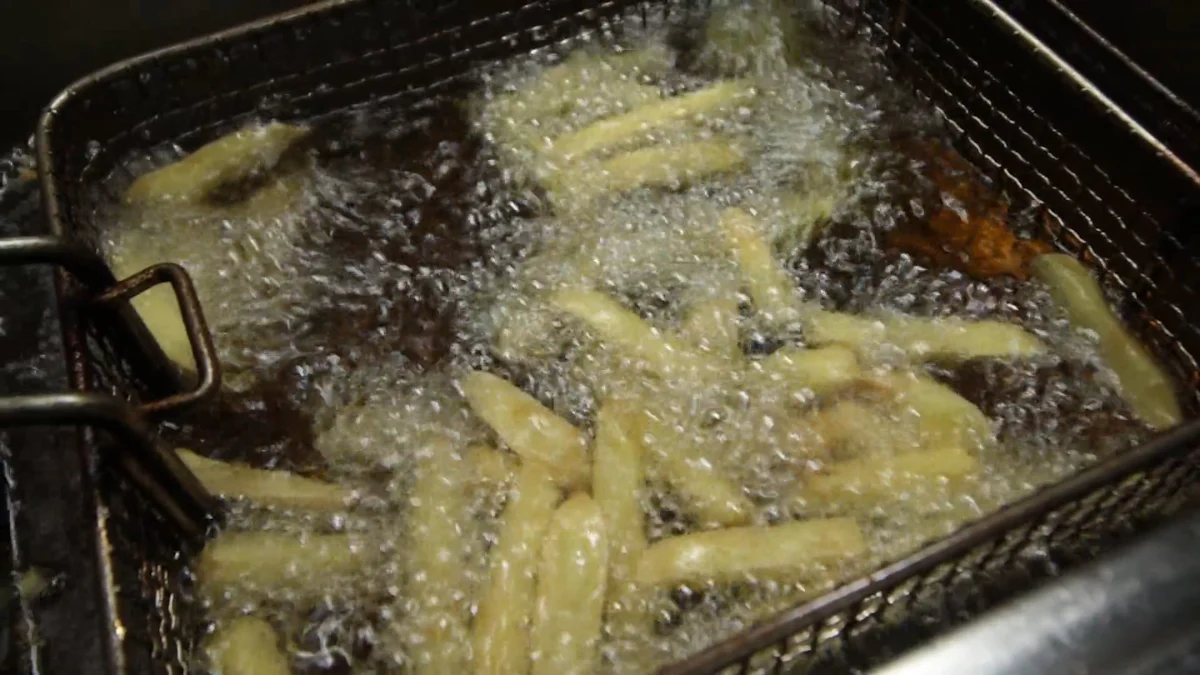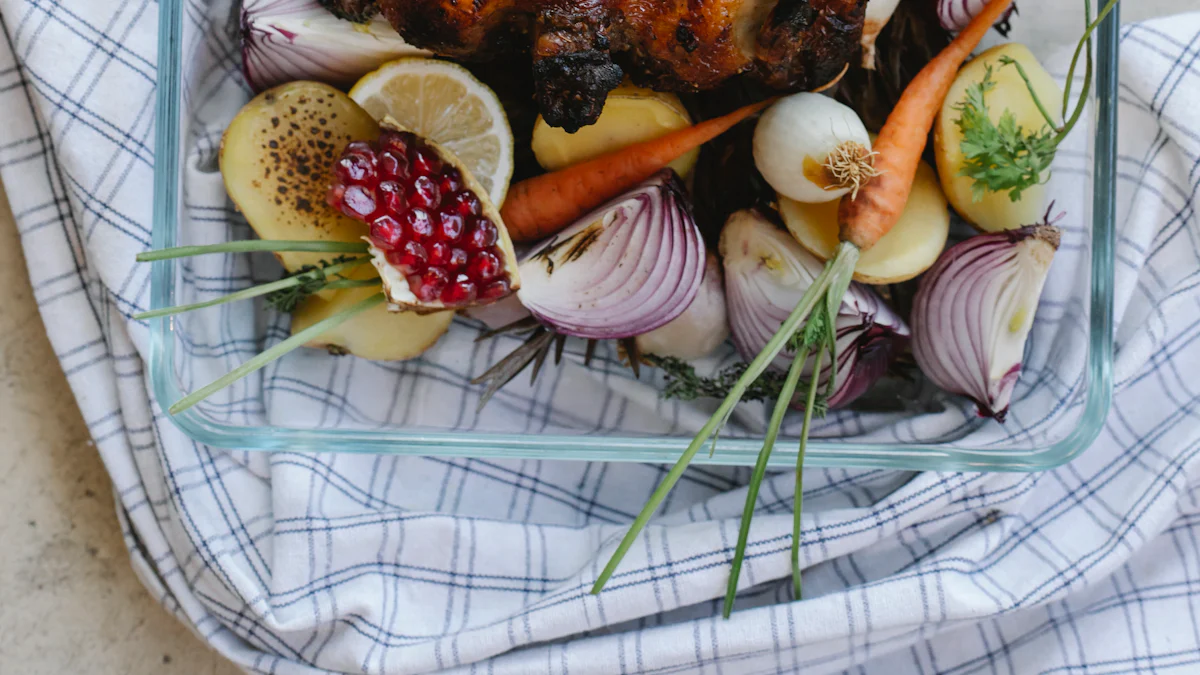Expert Advice for Using Your Air Fryer

The air fryer has become a kitchen staple, with millions sold each year. This device offers a healthier way to enjoy fried foods by using less oil. Using an air fryer correctly ensures optimal results and delicious meals. Experts provide valuable tips for maximizing the benefits of this versatile appliance.
Getting Started with Your Air Fryer

Unboxing and Setup
Inspecting the components
Unbox the air fryer carefully. Inspect all components to ensure nothing is damaged. Check for the main unit, basket, tray, and any additional accessories. Verify that everything matches the instruction manual.
Initial cleaning and assembly
Clean each part of the air fryer before first use. Use warm, soapy water for the basket and tray. Avoid using a dishwasher for these parts. Dry all components thoroughly. Assemble the air fryer according to the manual. Ensure all parts fit securely.
Understanding the Controls
Temperature settings
Familiarize yourself with the temperature settings. Most air fryers have a range from 180°F to 400°F. Use lower temperatures for delicate foods like fish. Higher temperatures work well for meats and vegetables.
Timer functions
Learn how to use the timer functions. Set the timer based on the type of food and recipe. Most air fryers have timers that go up to 60 minutes. Monitor the cooking process to avoid overcooking.
Preheating the Air Fryer
Why preheating is important
Preheating the air fryer ensures even cooking. It helps achieve crispy results. Preheating also reduces overall cooking time.
How to preheat properly
Set the air fryer to the desired temperature. Allow it to run empty for 3-5 minutes. Once preheated, place the food inside. Follow the recipe for specific preheating instructions.
Cooking Tips and Techniques

Choosing the Right Ingredients
Best foods for air frying
Select foods that benefit from a crispy texture. Air fryer enthusiasts often recommend chicken wings, fries, and vegetables. Lean proteins like fish and chicken breasts also cook well. Vegetables such as Brussels sprouts and zucchini become deliciously crispy.
Foods to avoid
Avoid foods with wet batters. The air fryer cannot handle liquid-heavy recipes. Cheese without a coating will melt and create a mess. Leafy greens like spinach may fly around due to the high-speed fan.
Preparing Your Ingredients
Cutting and seasoning
Cut ingredients into uniform pieces. This ensures even cooking. Season generously. Use spices and herbs to enhance flavor. A light coat of oil helps achieve a crispy exterior.
Using oil sparingly
Use minimal oil. A small amount goes a long way in an air fryer. Spray oils like olive oil work best. Excessive oil can cause smoke and greasy results.
Cooking Times and Temperatures
General guidelines
Follow general guidelines for cooking times and temperatures. Most meats cook well at 375°F. Vegetables often require 350°F. Always refer to the recipe for specific instructions.
Adjusting for different foods
Adjust cooking times based on the food’s thickness and type. Thicker cuts of meat need more time. Smaller items like fries or nuggets cook faster. Check the food halfway through to ensure even cooking.
Maximizing Air Circulation
Placement of the rack
Proper placement of the rack in the air fryer ensures optimal air circulation. Place the rack in the middle position for most foods. This allows hot air to circulate evenly around the food. For larger items, use the lower rack position. This prevents the food from touching the heating element.
Using a perforated tray or basket
Utilize a perforated tray or basket for better air circulation. The holes in the tray allow hot air to reach all sides of the food. This results in a crispy exterior and moist interior. Avoid overcrowding the tray. Leave space between pieces for maximum airflow.
Achieving Crispy Results
Minimal oil usage
Use minimal oil to achieve crispy results in the air fryer. A small amount of oil helps create a golden-brown crust. Spray oils like olive oil work best. Excessive oil can lead to greasy outcomes and smoke.
Shaking the basket
Shake the basket halfway through cooking for even results. This redistributes the food and ensures all sides cook evenly. For smaller items like fries or nuggets, shaking is essential. It prevents sticking and promotes uniform crispiness.
Maintenance and Troubleshooting
Cleaning Your Air Fryer
Daily cleaning tips
Clean the air fryer basket and tray after each use. Use warm, soapy water and a non-abrasive sponge. Avoid using harsh chemicals or steel wool. Dry all components thoroughly before reassembling. Wipe down the exterior with a damp cloth to remove any grease or food particles.
Deep cleaning methods
Perform a deep clean once a month. Remove the basket and tray. Soak them in warm, soapy water for 15-20 minutes. Use a soft brush to scrub away any stubborn residue. Clean the interior of the air fryer with a damp cloth. Pay special attention to the heating element. Ensure all parts are completely dry before reassembling.
Common Issues and Solutions
Uneven cooking
Uneven cooking can occur if food is not arranged properly. Place food in a single layer. Avoid overcrowding the basket. Shake the basket halfway through the cooking process. This helps redistribute the food for even cooking. Check the placement of the rack. Proper placement ensures optimal air circulation.
Smoke or burning smells
Smoke or burning smells often result from excess oil or food particles. Clean the air fryer regularly to prevent buildup. Use minimal oil when cooking. Place a baking tray on the rack below to catch any drippings. This prevents smoke and burning smells.
Extending the Lifespan of Your Air Fryer
Regular maintenance practices
Regular maintenance extends the lifespan of the air fryer. Clean the appliance after each use. Perform deep cleaning monthly. Inspect the components for any signs of wear or damage. Replace any worn-out parts promptly. Follow the manufacturer’s guidelines for maintenance.
Proper storage
Store the air fryer in a cool, dry place. Avoid placing heavy objects on top of the appliance. This prevents damage to the controls and heating element. Cover the air fryer with a cloth or plastic cover to keep it dust-free. Proper storage ensures the appliance remains in good working condition.
Recap the key points to reinforce the importance of proper air fryer usage. Inspect and clean components before use. Familiarize yourself with temperature settings and timer functions. Preheat for even cooking. Choose the right ingredients and use minimal oil. Clean the air fryer regularly to maintain performance.
Experiment with different recipes and techniques. Enjoy the versatility and convenience of your air fryer. Share your tips and experiences in the comments. Your insights can help others achieve better results.
Post time: Jul-09-2024

